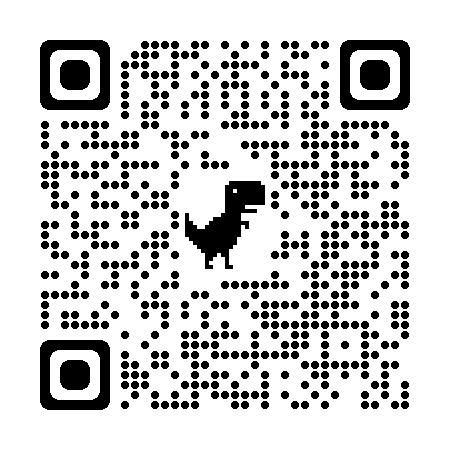- Spectral characterization of a SPDC source with a fast broadband spectrometer, Brianna Farella, Gregory Medwig, Raphael A. Abrahao, and Andrei Nomerotski
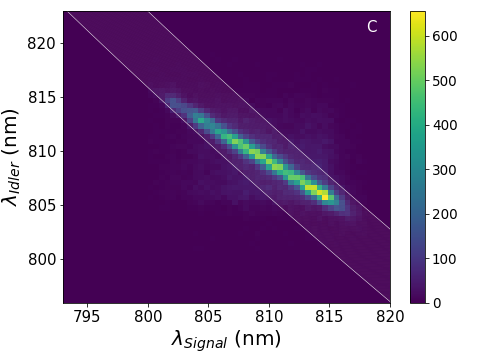 Knowing the properties of the single photons produced in a Spontaneous Parametric Down-Conversion (SPDC) source can be crucial for specific applications and uses. In particular, the spectral properties are of key relevance. Here, we investigate a commercial SPDC source using our fast broadband spectrometer. Our analysis is a valid method for other SPDC sources, as well as other single-photon generation techniques, thus providing a good example of how to use this spectrometer design. We calibrate the spectrometer using known lines of the argon emission spectrum. We show that the two down-converted photons from the SPDC source have different spectral properties depending on the pump power, and in which condition we measured spectrally similar down-converted photons. Lastly, we were able to reconstruct and investigate the spectral information for the pump photon.
Knowing the properties of the single photons produced in a Spontaneous Parametric Down-Conversion (SPDC) source can be crucial for specific applications and uses. In particular, the spectral properties are of key relevance. Here, we investigate a commercial SPDC source using our fast broadband spectrometer. Our analysis is a valid method for other SPDC sources, as well as other single-photon generation techniques, thus providing a good example of how to use this spectrometer design. We calibrate the spectrometer using known lines of the argon emission spectrum. We show that the two down-converted photons from the SPDC source have different spectral properties depending on the pump power, and in which condition we measured spectrally similar down-converted photons. Lastly, we were able to reconstruct and investigate the spectral information for the pump photon.
Jakub Jirsa, Sergei Kulkov, Raphael A Abrahao, Jesse Crawford, Aaron Mueninghoff, Ermanno Bernasconi, Claudio Bruschini, Samuel Burri, Stephen Vintskevich, Michal Marcisovsky, Edoardo Charbon, Andrei Nomerotski
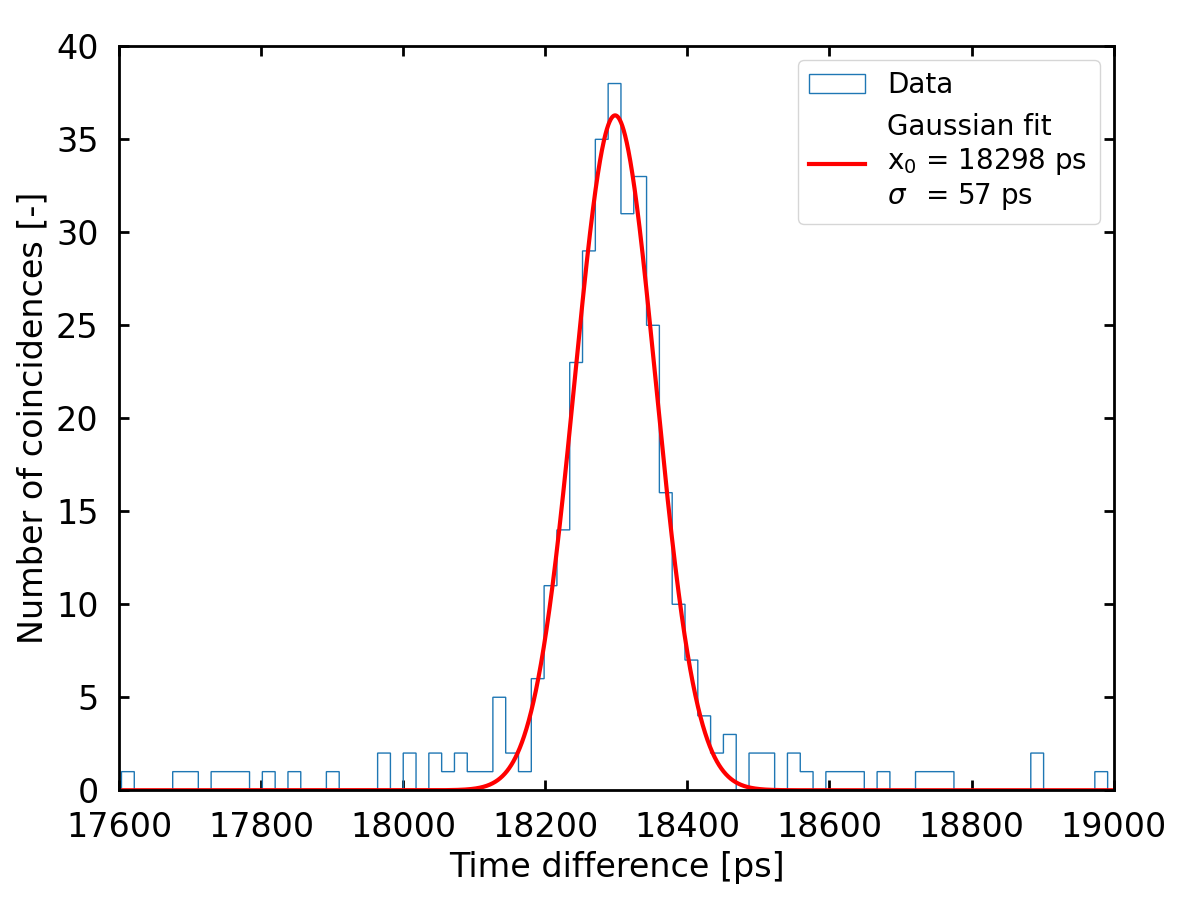
We present a single-photon-sensitive spectrometer, based on a linear array of 512 single-photon avalanche diodes, with 0.04 nm spectral and 40 ps temporal resolutions. We employ a fast data-driven operation that allows direct measurement of time and frequency for simultaneous single photons. Combining excellent temporal and spectral resolution, our result is only a factor of ten above the Heisenberg Uncertainty Principle limit of hbar/2 for energy and time, despite the simplicity of our experimental setup. This work opens numerous applications in quantum photonics, especially when both spectral and temporal properties of single photons are exploited.
- Towards Quantum Telescopes: Demonstration of a Two-Photon Interferometer for Quantum-Assisted Astronomy; Jesse Crawford, Denis Dolzhenko, Michael Keach, Aaron Mueninghoff, Raphael A. Abrahao, Julian Martinez-Rincon, Paul Stankus, Stephen Vintskevich, Andrei Nomerotski
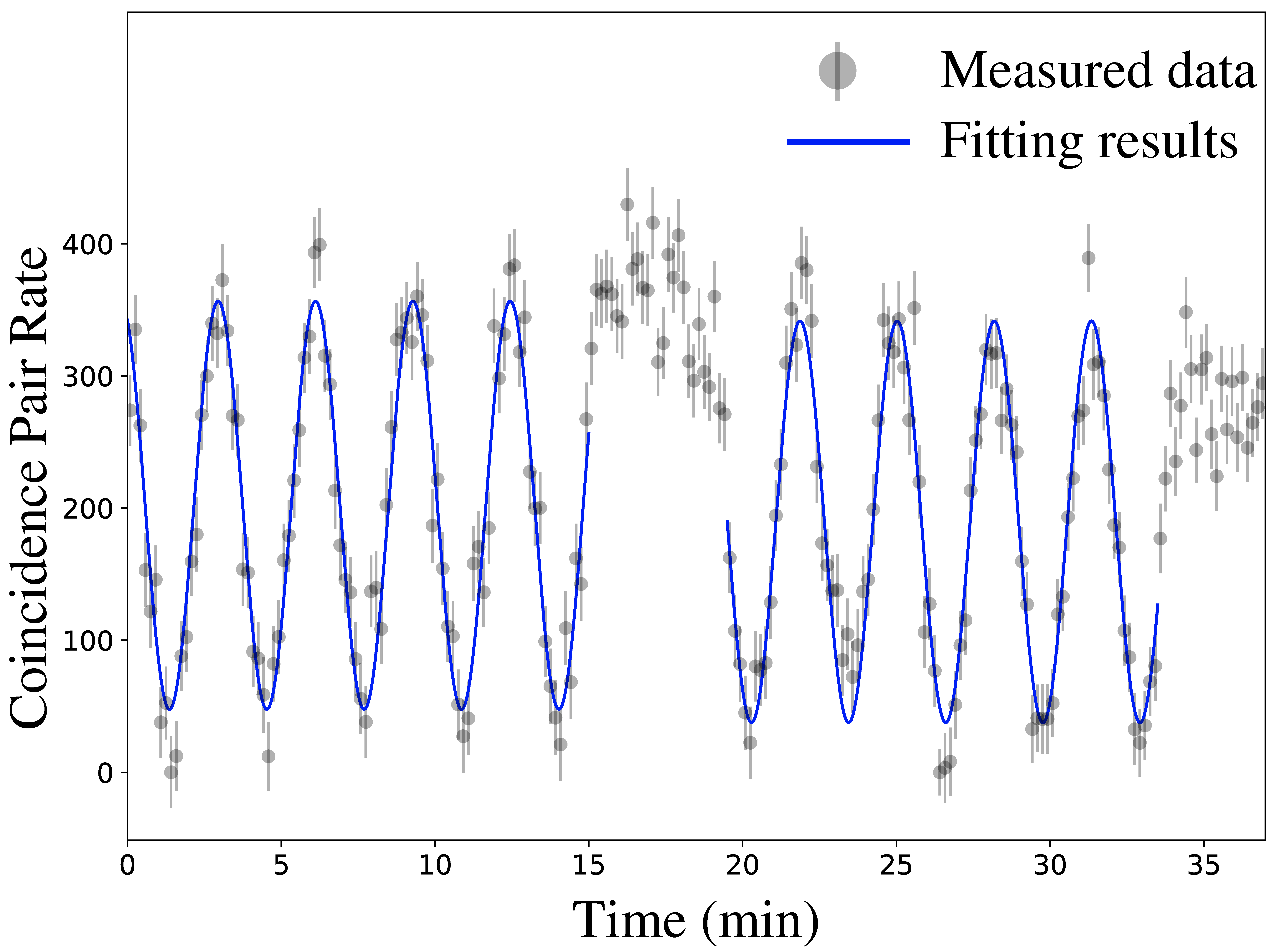 Optical Very-Long-Baseline Interferometers (VLBI), widely used in astronomy, require phase-stable optical links across stations, which impose a limit on baseline distances, and, in turn, limits measurement precision. Here we describe a novel type of two-photon quantum-assisted interferometer, which may allow improvements in precision by orders of magnitude benefiting numerous fields in cosmology and astrophysics. We tested a tabletop version of the interferometer and unambiguously observe correlated behavior in detections of photon pairs from two thermal light sources, in agreement with theoretical predictions. This work opens new possibilities in astronomical measurements.
Optical Very-Long-Baseline Interferometers (VLBI), widely used in astronomy, require phase-stable optical links across stations, which impose a limit on baseline distances, and, in turn, limits measurement precision. Here we describe a novel type of two-photon quantum-assisted interferometer, which may allow improvements in precision by orders of magnitude benefiting numerous fields in cosmology and astrophysics. We tested a tabletop version of the interferometer and unambiguously observe correlated behavior in detections of photon pairs from two thermal light sources, in agreement with theoretical predictions. This work opens new possibilities in astronomical measurements.
- Intensified Tpx3Cam, a fast data-driven optical camera with nanosecond timing resolution for single photon detection in quantum applications; Andrei Nomerotski, Matthew Chekhlov, Denis Dolzhenko, Rene Glazenborg, Brianna Farella, Michael Keach, Ryan Mahon, Dmitry Orlov, Peter Svihra. JINST paper
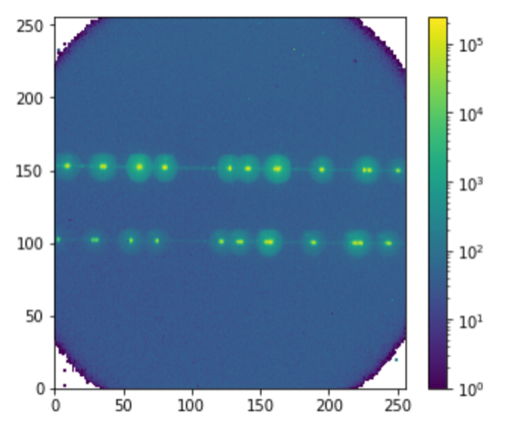 We describe a fast data-driven optical camera, Tpx3Cam, with nanosecond scale timing resolution and 80 Mpixel/sec throughput. After the addition of intensifier, the camera is single photon sensitive with quantum efficiency determined primarily by the intensifier photocathode. The single photon performance of the camera was characterized with results on the gain, timing resolution and afterpulsing reported here. The intensified camera was successfully used for measurements in a variety of applications including quantum applications. As an example of such application, which requires simultaneous detection of multiple photons, we describe registration of photon pairs from the spontaneous parametric down-conversion source in a spectrometer. We measured the photon wavelength and timing with respective precisions of 0.15~nm and 3~ns, and also demonstrated that the two photons are anti-correlated in energy.
We describe a fast data-driven optical camera, Tpx3Cam, with nanosecond scale timing resolution and 80 Mpixel/sec throughput. After the addition of intensifier, the camera is single photon sensitive with quantum efficiency determined primarily by the intensifier photocathode. The single photon performance of the camera was characterized with results on the gain, timing resolution and afterpulsing reported here. The intensified camera was successfully used for measurements in a variety of applications including quantum applications. As an example of such application, which requires simultaneous detection of multiple photons, we describe registration of photon pairs from the spontaneous parametric down-conversion source in a spectrometer. We measured the photon wavelength and timing with respective precisions of 0.15~nm and 3~ns, and also demonstrated that the two photons are anti-correlated in energy.
Increasing Baselines and Precision of Optical Interferometers Using Two-Photon Interference
Michael Keach, Steve Bellavia, Zhi Chen, Jesse Crawford, Denis Dolzhenko, Eden Figueroa, Aaron Mueninghoff, Andrei Nomerotski, Jonathan Schiff, Rom Simovitch, Anze Slozar, Paul Stankus, and Stephen Vintskevich
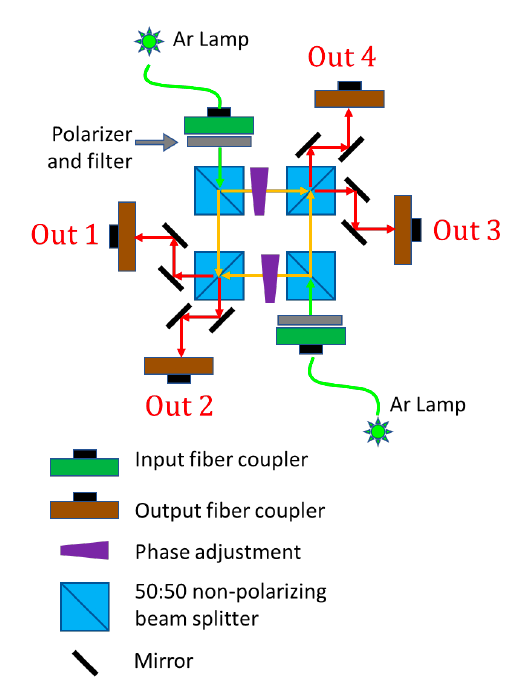
Observations using interferometers provide sensitivity to features of images on angular scales much smaller than any single telescope, on the order of ∆θ ∼ λ/b where b is the interferometric baseline. Present-day optical interferometers are essentially classical, interfering single photons with themselves. However, there is a new wave of interest in interferometry using multiple photons, whose mechanisms are inherently quantum mechanical, which offer the prospects of increased baselines and finer resolutions among other advantages. We will discuss recent ideas and results for quantum-assisted interferometry using the resource of entangled pairs, and specifically a two-photon amplitude technique aimed at improved precision in astrometry. SPIE paper
- Classification of four-qubit entangled states via Machine Learning; S. V. Vintskevich, N. Bao, A. Nomerotski, P. Stankus, D.A. Grigoriev; published in Phys Rev A doi.org/10.1103/PhysRevA.107.032421

We apply the support vector machine (SVM) algorithm to derive a set of entanglement witnesses (EW) to identify entanglement patterns in families of four-qubit states. The effectiveness of SVM for practical EW implementations stems from the coarse-grained description of families of equivalent entangled quantum states. The equivalence criteria in our work is based on the stochastic local operations and classical communication (SLOCC) classification and the description of the four-qubit entangled Werner states. We numerically verify that the SVM approach provides an effective tool to address the entanglement witness problem when the coarse-grained description of a given family state is available. We also discuss and demonstrate the efficiency of nonlinear kernel SVM methods as applied to four-qubit entangled state classification.
- Astrometry in two-photon interferometry using Earth rotation fringe scan, Zhi Chen, Andrei Nomerotski, Anže Slosar, Paul Stankus, Stephen Vintskevich. published in PRD: doi.org/10.1103/PhysRevD.107.023015
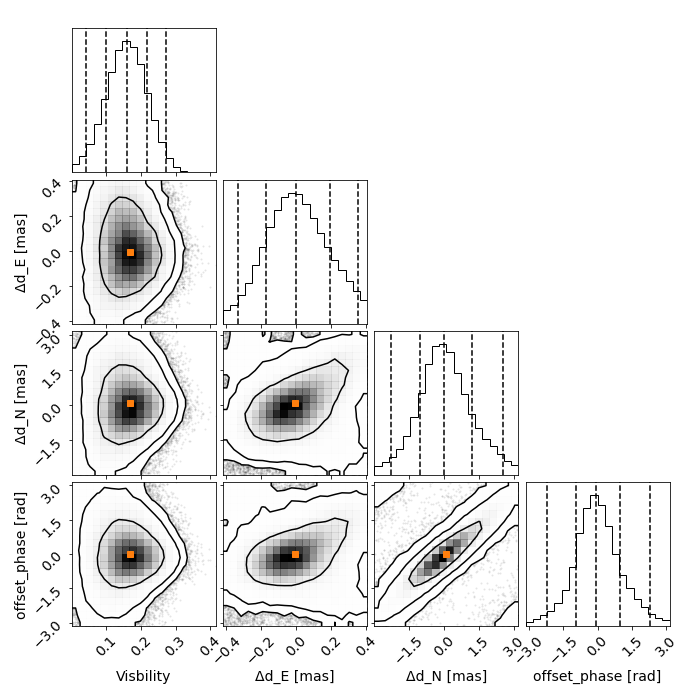 Optical interferometers may not require a phase-stable optical link between the stations if instead sources of quantum-mechanically entangled pairs could be provided to them, enabling long baselines. We developed a new variation of this idea, proposing that photons from two different astronomical sources could be interfered at two decoupled stations. Interference products can then be calculated in post-processing or requiring only a slow, classical connection between stations. In this work, we investigated practical feasibility of this approach. We developed a Bayesian analysis method for the earth rotation fringe scanning technique and showed that in the limit of high signal-to-noise ratio it reproduced the results from a simple Fisher matrix analysis. We identify candidate stair pairs in the northern hemisphere, where this technique could be applied. With two telescopes with an effective collecting area of ∼2 m2, we could detect fringing and measure the astrometric separation of the sources at ∼10μas precision in a few hours of observations, in agreement with previous estimates.
Optical interferometers may not require a phase-stable optical link between the stations if instead sources of quantum-mechanically entangled pairs could be provided to them, enabling long baselines. We developed a new variation of this idea, proposing that photons from two different astronomical sources could be interfered at two decoupled stations. Interference products can then be calculated in post-processing or requiring only a slow, classical connection between stations. In this work, we investigated practical feasibility of this approach. We developed a Bayesian analysis method for the earth rotation fringe scanning technique and showed that in the limit of high signal-to-noise ratio it reproduced the results from a simple Fisher matrix analysis. We identify candidate stair pairs in the northern hemisphere, where this technique could be applied. With two telescopes with an effective collecting area of ∼2 m2, we could detect fringing and measure the astrometric separation of the sources at ∼10μas precision in a few hours of observations, in agreement with previous estimates.
- Fast imaging of single photons in quantum assisted optical interferometers; Andrei Nomerotski, Jonathan Schiff, Paul Stankus, Michael Keach, Alexander Parsells, Olli Saira, Anže Slosar, Stephen Vintskevich, in TIPP2021 proceedings.
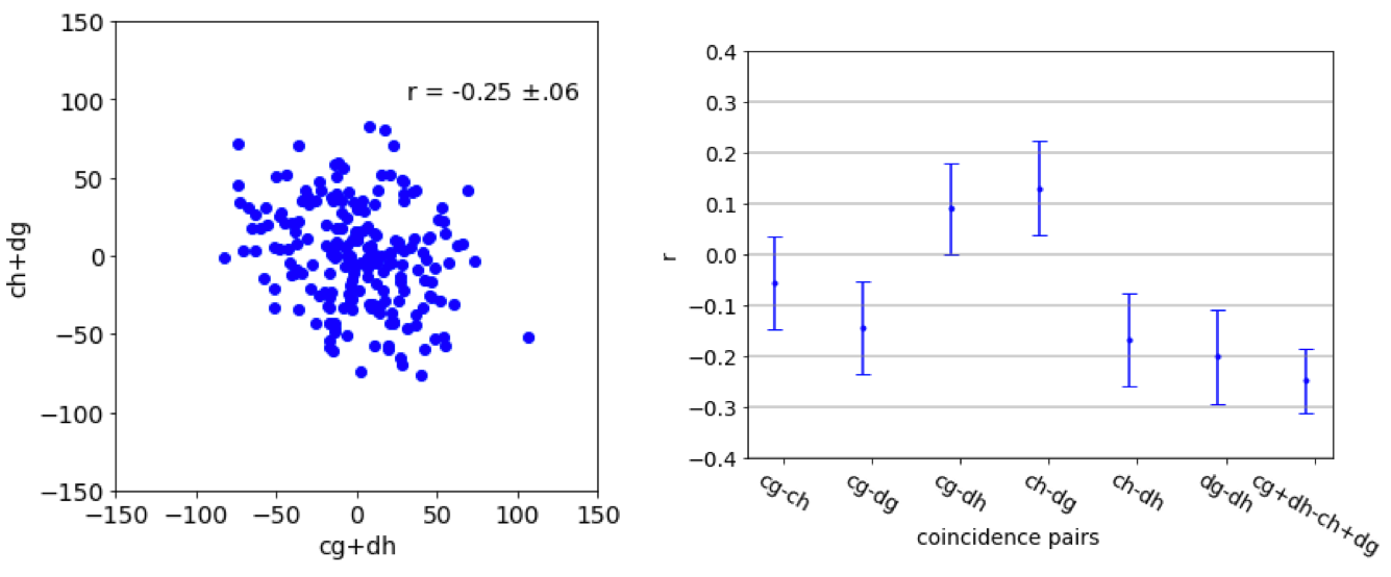 We describe a new technique of quantum astrometry, which potentially can improve the resolution of optical interferometers by orders of magnitude. The approach requires fast imaging of single photons with sub-nanosecond resolution, greatly benefiting from recent advances in photodetection technologies. We also describe results of first proof of principle measurements and lay out future plans.
We describe a new technique of quantum astrometry, which potentially can improve the resolution of optical interferometers by orders of magnitude. The approach requires fast imaging of single photons with sub-nanosecond resolution, greatly benefiting from recent advances in photodetection technologies. We also describe results of first proof of principle measurements and lay out future plans.
- Quantum-Assisted Optical Interferometers: Instrument Requirements; Andrei Nomerotski, Paul Stankus, Anže Slosar, Stephen Vintskevich, Shane Andrewski, Gabriella Carini, Denis Dolzhenko, Duncan England, Eden Figueroa, Sonali Gera, Justine Haupt, Sven Herrmann, Dimitrios Katramatos, Michael Keach, Alexander Parsells, Olli Saira, Jonathan Schiff, Peter Svihra, Thomas Tsang, Yingwen Zhang; Proceedings Volume 11446, Optical and Infrared Interferometry and Imaging VII; 1144617 (2020) SPIE Astronomical Telescopes + Instrumentation, https://doi.org/10.1117/12.2560272; arxiv:2012.02812
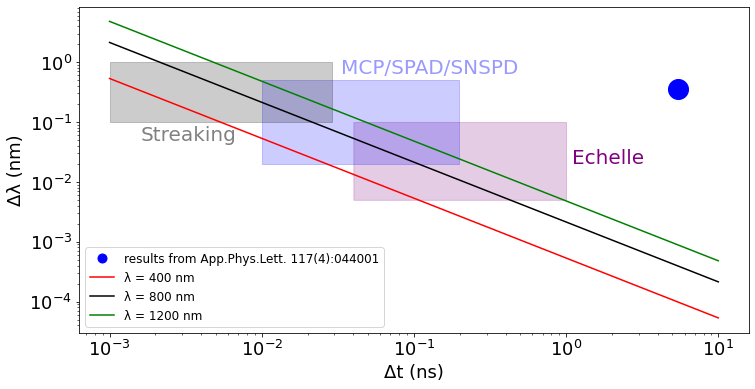 It has been recently suggested that optical interferometers would not require a phase-stable optical link between the stations if instead sources of quantum-mechanically entangled pairs could be provided to them, enabling extra-long baselines. We developed a new variation of this idea, suggesting that two photons from different sources could be interfered at two decoupled stations, requiring only a slow classical information link between them. We show that this approach could allow robust high-precision measurements of the relative astrometry of the two sources, with a basic calculation giving angular precision of 10 μas in a few hours' observation of two bright stars. We also give requirements on the instrument for these observations, in particular on its temporal and spectral resolution. Finally, we discuss possible technologies for the instrument implementation and first proof-of-principle experiments.
It has been recently suggested that optical interferometers would not require a phase-stable optical link between the stations if instead sources of quantum-mechanically entangled pairs could be provided to them, enabling extra-long baselines. We developed a new variation of this idea, suggesting that two photons from different sources could be interfered at two decoupled stations, requiring only a slow classical information link between them. We show that this approach could allow robust high-precision measurements of the relative astrometry of the two sources, with a basic calculation giving angular precision of 10 μas in a few hours' observation of two bright stars. We also give requirements on the instrument for these observations, in particular on its temporal and spectral resolution. Finally, we discuss possible technologies for the instrument implementation and first proof-of-principle experiments.
- Two-photon amplitude interferometry for precision astrometry, P.Stankus, A.Nomerotski, A.Slosar and S.Vintskevich, arxiv:2010.09100 https://doi.org/10.21105/astro.2010.09100
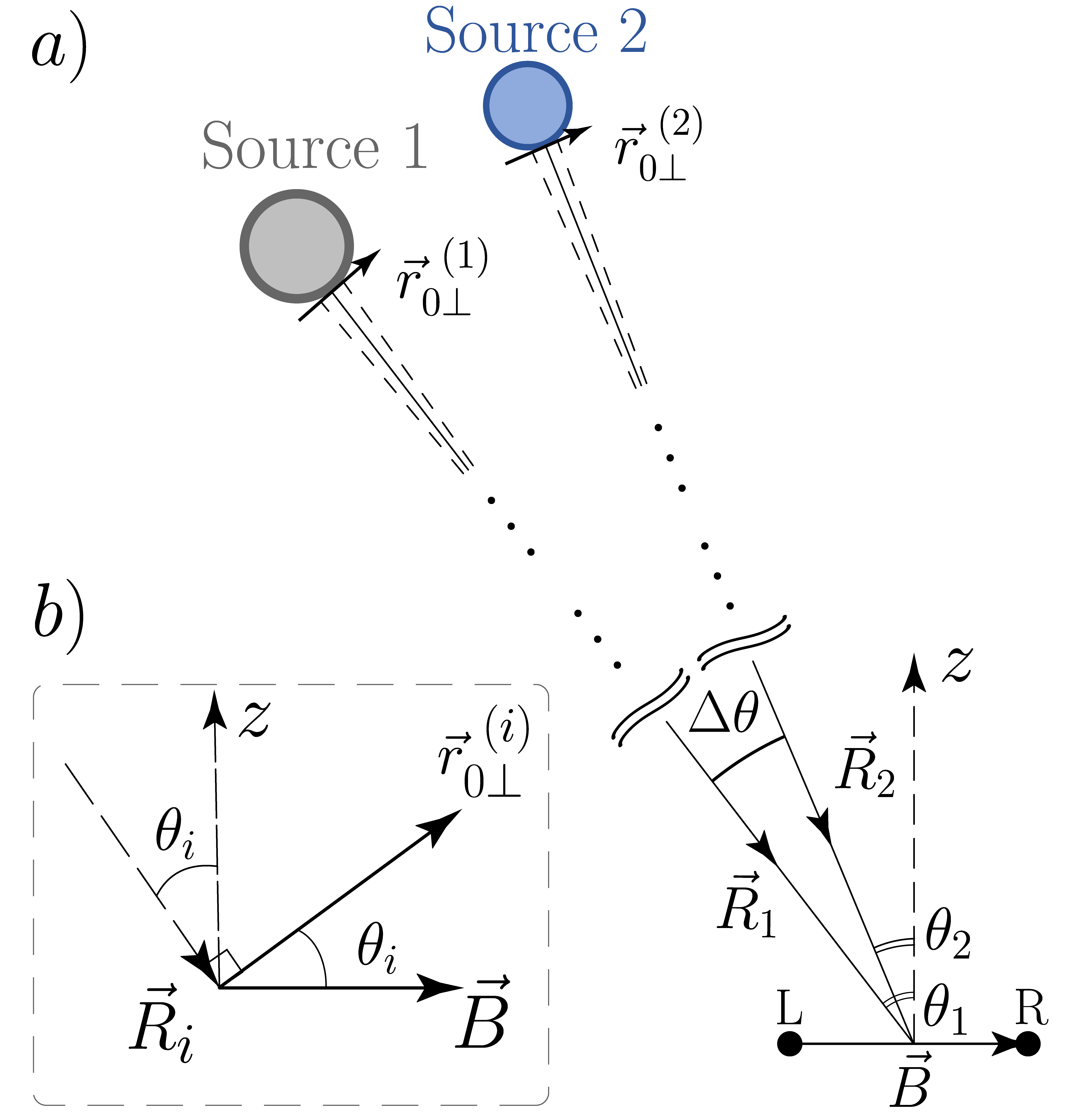 Improved quantum sensing of photon wave-functions could provide high resolution observations in the optical benefiting numerous fields, including general relativity, dark matter studies, and cosmology. It has been recently proposed that stations in optical interferometers would not require a phase-stable optical link if instead sources of quantum-mechanically entangled pairs could be provided to them, potentially enabling hitherto prohibitively long baselines. A new refinement of this idea is developed, in which two photons from different sources are interfered at two separate and decoupled stations, requiring only a slow classical information link between them. We rigorously calculate the observables and contrast this new interferometric technique with the Hanbury Brown & Twiss intensity interferometry. We argue this technique could allow robust high-precision measurements of the relative astrometry of the two sources. A basic calculation suggests that angular precision on the order of 10 μas could be achieved in a single night's observation of two bright stars.
Improved quantum sensing of photon wave-functions could provide high resolution observations in the optical benefiting numerous fields, including general relativity, dark matter studies, and cosmology. It has been recently proposed that stations in optical interferometers would not require a phase-stable optical link if instead sources of quantum-mechanically entangled pairs could be provided to them, potentially enabling hitherto prohibitively long baselines. A new refinement of this idea is developed, in which two photons from different sources are interfered at two separate and decoupled stations, requiring only a slow classical information link between them. We rigorously calculate the observables and contrast this new interferometric technique with the Hanbury Brown & Twiss intensity interferometry. We argue this technique could allow robust high-precision measurements of the relative astrometry of the two sources. A basic calculation suggests that angular precision on the order of 10 μas could be achieved in a single night's observation of two bright stars.
- Counting of Hong-Ou-Mandel Bunched Optical Photons Using a Fast Pixel Camera , A.Nomerotski, M.Keach, P.Stankus, P.Svihra, and S.Vintskevich, Sensors 2020, 20, 3475; doi:10.3390/s20123475.
 The uses of a silicon-pixel camera with verify good time resolution (∼nanosecond) for detecting multiple, bunched optical photons is explored. We present characteristics of the camera and describe experiments proving its counting capabilities. We use a spontaneous parametric down-conversion source to generate correlated photon pairs, and exploit the Hong-Ou-Mandel interference effect in a fiber-coupled beam splitter to bunch the pair onto the same output fiber. It is shown that the time and spatial resolution of the camera enables independent detection of two photons emerging simultaneously from a single spatial mode.
The uses of a silicon-pixel camera with verify good time resolution (∼nanosecond) for detecting multiple, bunched optical photons is explored. We present characteristics of the camera and describe experiments proving its counting capabilities. We use a spontaneous parametric down-conversion source to generate correlated photon pairs, and exploit the Hong-Ou-Mandel interference effect in a fiber-coupled beam splitter to bunch the pair onto the same output fiber. It is shown that the time and spatial resolution of the camera enables independent detection of two photons emerging simultaneously from a single spatial mode.
- Multivariate Discrimination in Quantum Target Detection , P.Svihra, Y.Zhang, P.Hockett, S.Ferrante, B.Sussman, D.England, and A.Nomerotski, arXiv:2005.00612, July 2020, Applied Physics Letters 117(4):044001
 We describe a simple multivariate technique of likelihood ratios for improved discrimination of signal and background in multi-dimensional quantum target detection. The technique combines two independent variables, time difference and summed energy, of a photon pair from the spontaneous parametric down-conversion source into an optimal discriminant. The discriminant performance was studied in experimental data and in Monte-Carlo modelling with clear improvement shown compared to previous techniques. As novel detectors become available, we expect this type of multivariate analysis to become increasingly important in multi-dimensional quantum optics.
We describe a simple multivariate technique of likelihood ratios for improved discrimination of signal and background in multi-dimensional quantum target detection. The technique combines two independent variables, time difference and summed energy, of a photon pair from the spontaneous parametric down-conversion source into an optimal discriminant. The discriminant performance was studied in experimental data and in Monte-Carlo modelling with clear improvement shown compared to previous techniques. As novel detectors become available, we expect this type of multivariate analysis to become increasingly important in multi-dimensional quantum optics.
- Multidimensional quantum-enhanced target detection via spectro-temporal correlation measurements , Y.Zhang, D.England, A.Nomerotski, P.Svihra, S.Ferrante, P.Hockett, and B.Sussman, Phys. Rev. A 101, 053808 (2020).
 In this work we investigate quantum-enhanced target detection in the presence of large background noise using multidimensional quantum correlations between photon pairs generated through spontaneous parametric down-conversion. Until now similar experiments have only utilized one of the photon pairs’ many degrees of freedom such as temporal correlations and photon number correlations. Here, we utilized both temporal and spectral correlations of the photon pairs and achieved over an order of magnitude reduction to the background noise and in turn significant reduction to data acquisition time when compared to utilizing only temporal modes. We believe this work represents an important step in realizing a practical, real-time quantum-enhanced target detection system. The demonstrated technique will also be of importance in many other quantum sensing applications and quantum communications.
In this work we investigate quantum-enhanced target detection in the presence of large background noise using multidimensional quantum correlations between photon pairs generated through spontaneous parametric down-conversion. Until now similar experiments have only utilized one of the photon pairs’ many degrees of freedom such as temporal correlations and photon number correlations. Here, we utilized both temporal and spectral correlations of the photon pairs and achieved over an order of magnitude reduction to the background noise and in turn significant reduction to data acquisition time when compared to utilizing only temporal modes. We believe this work represents an important step in realizing a practical, real-time quantum-enhanced target detection system. The demonstrated technique will also be of importance in many other quantum sensing applications and quantum communications.
- Imaging and time stamping of photons with nanosecond resolution in Timepix based optical cameras A.Nomerotski, Nuclear Instruments and Methods in Physics Research Section A, 937, 26 (2019).

This paper describes fast time-stamping cameras sensitive to optical photons and their applications.
this page QR code
